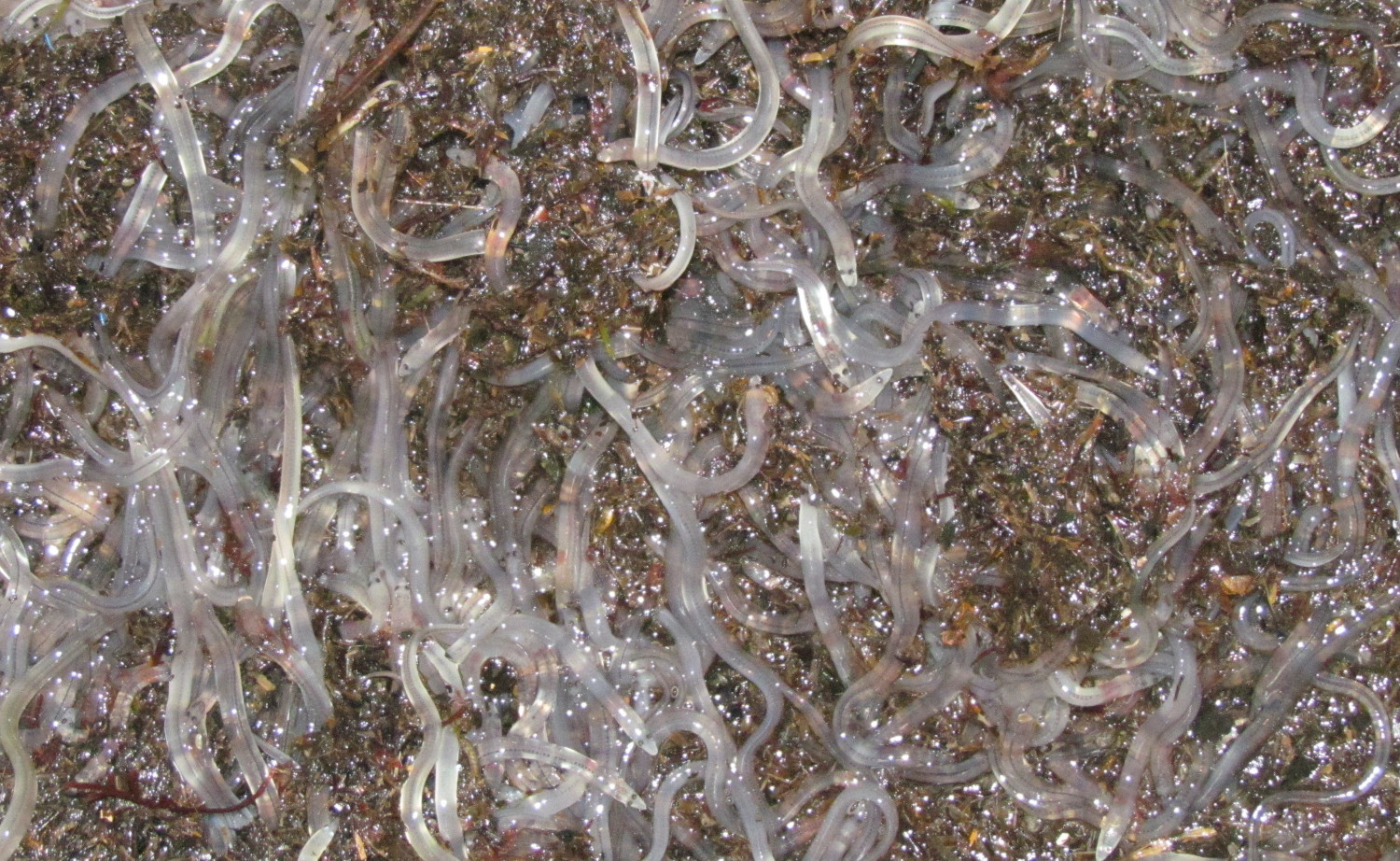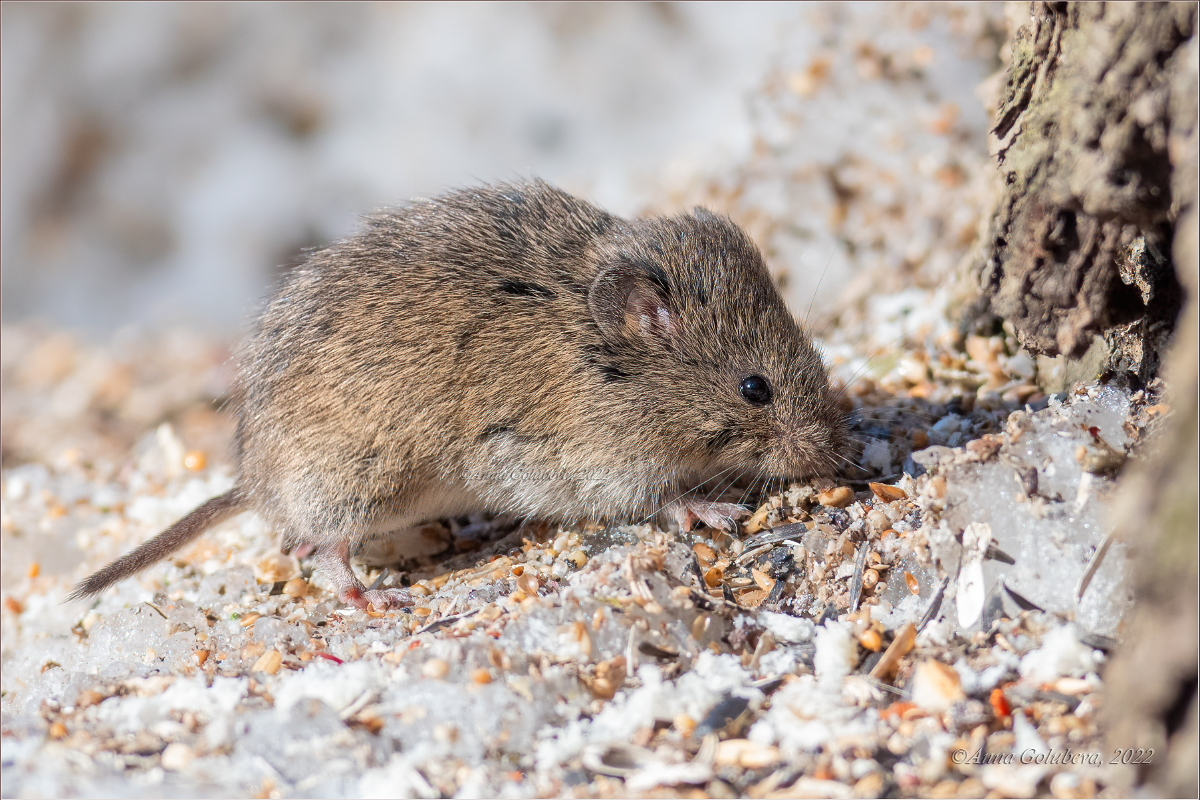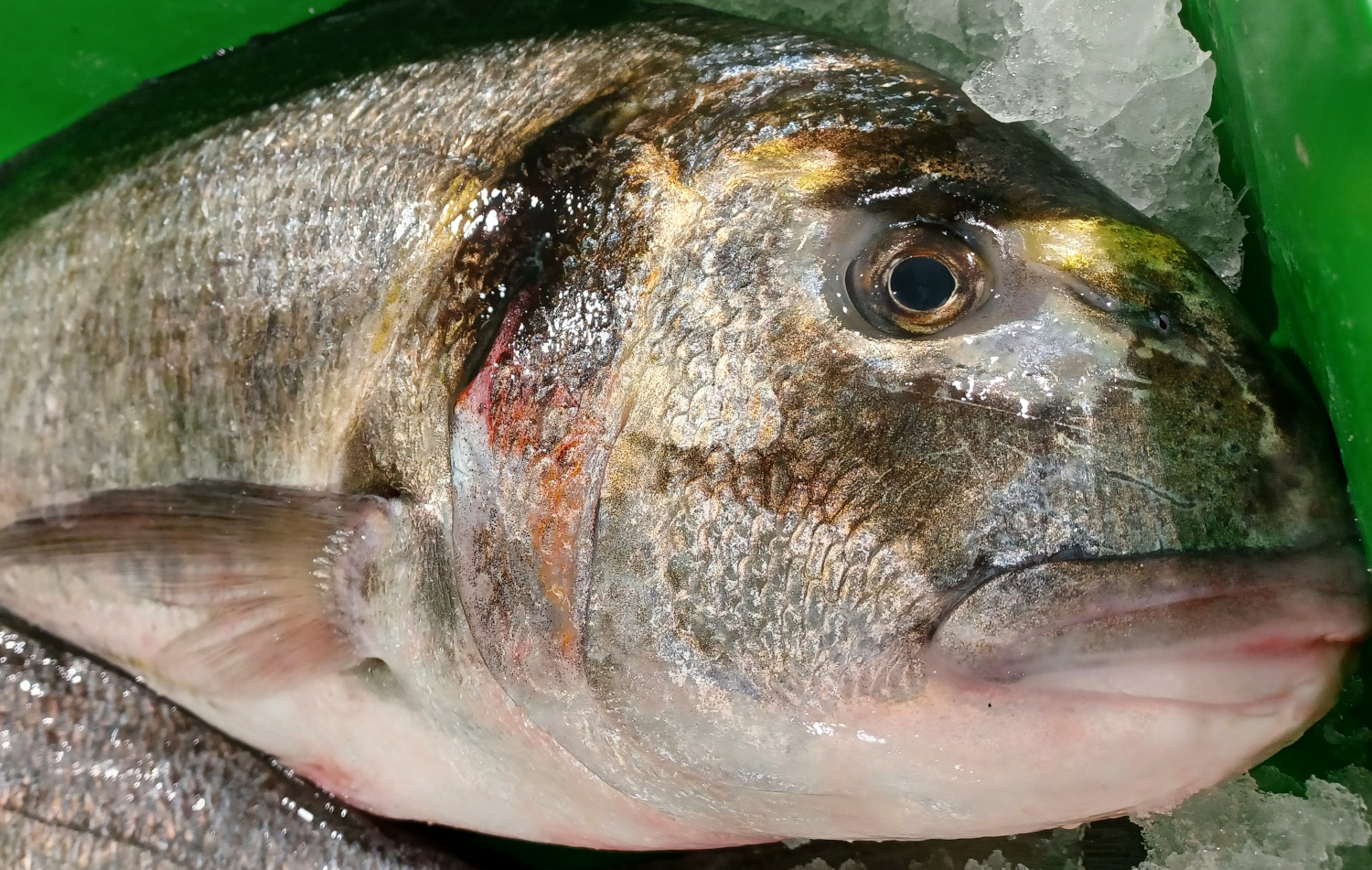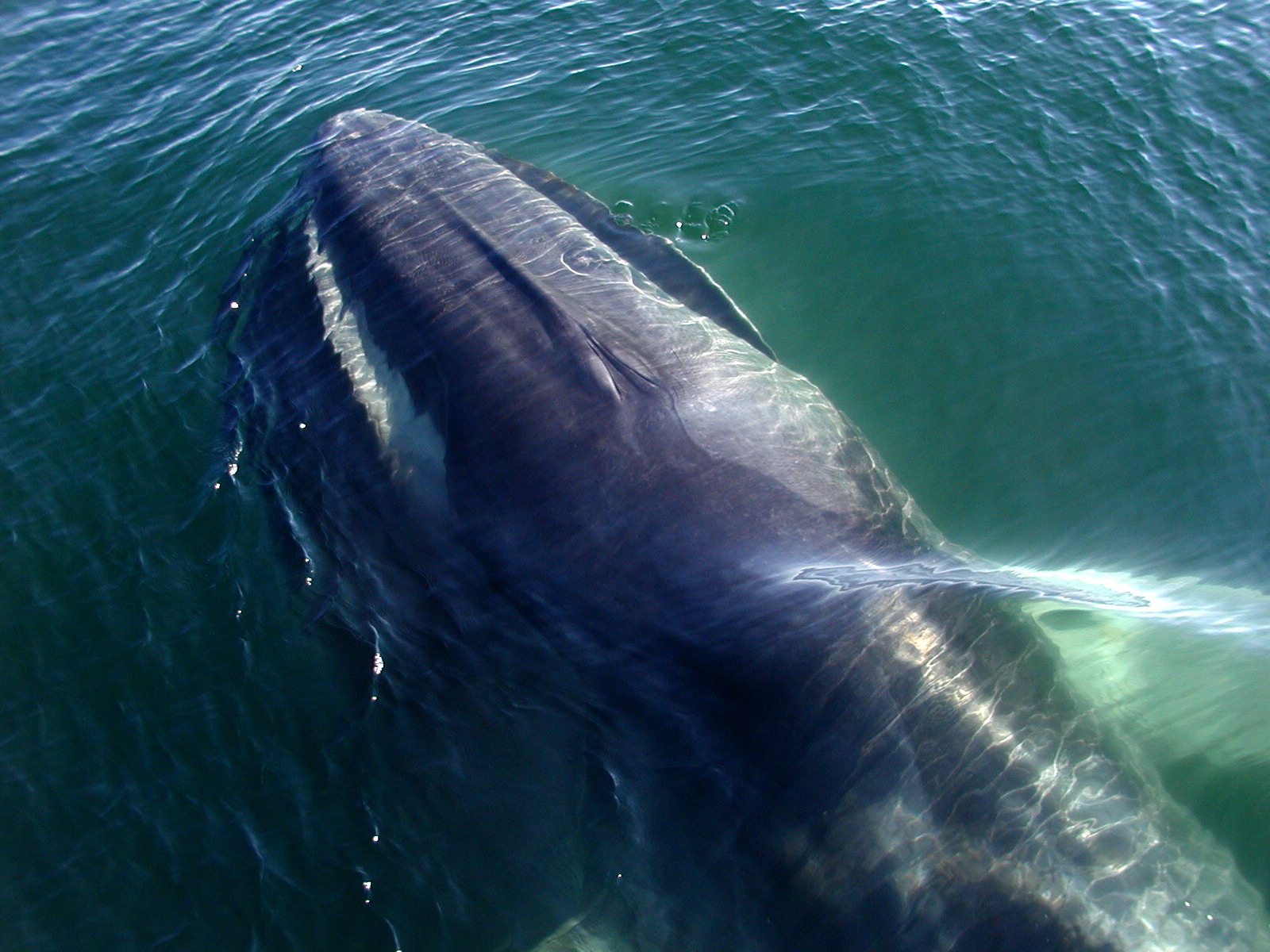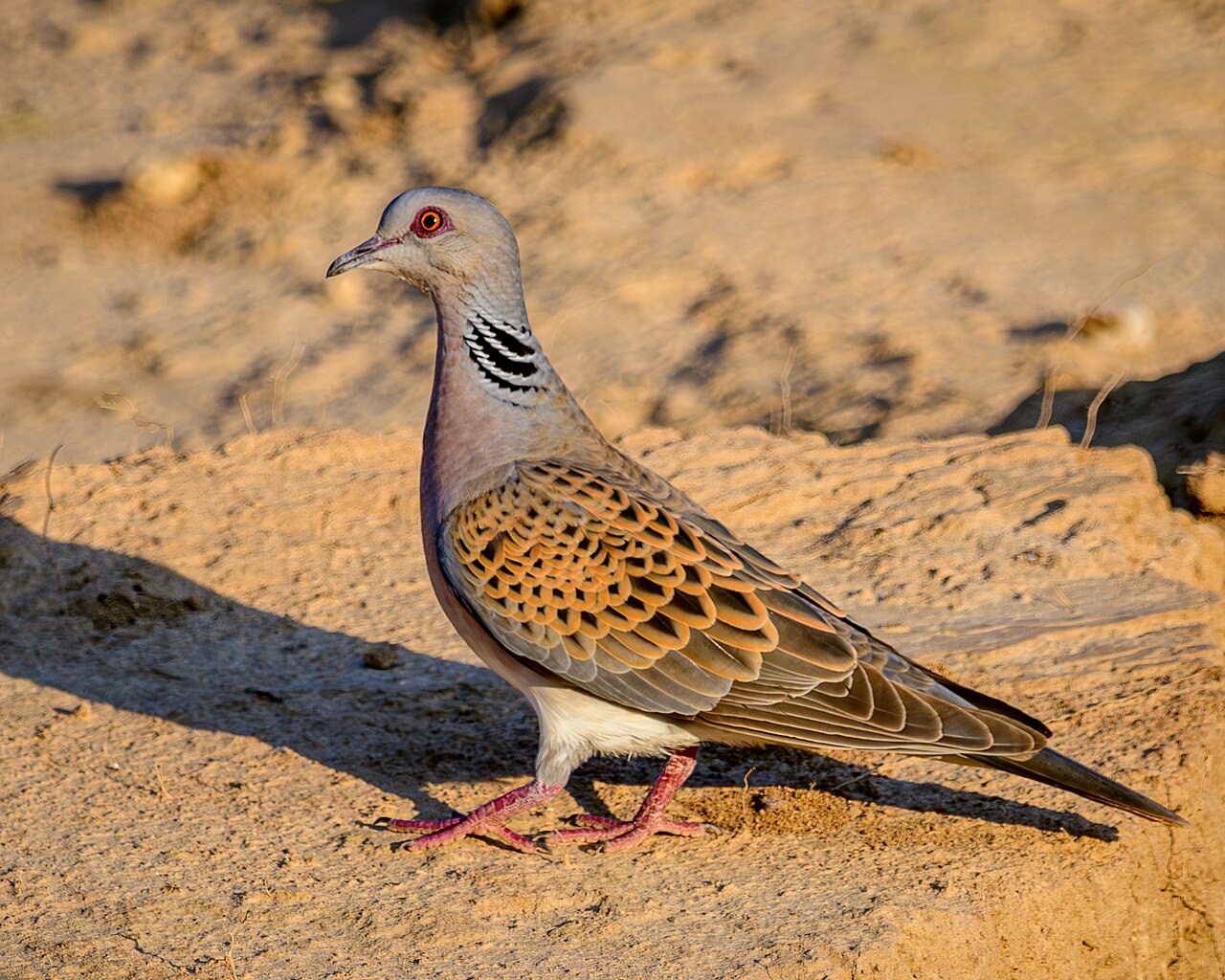Unlimited but not unlimited
- Two sardines were found... In the Atlantic, in the Mediterranean, in the Indian Ocean, in the Pacific… At night, at 25-55 meters deep; day, up to 100 meters, to protect yourself from predators.

European sardine (Sardina pilchardus)
GROUP: Vertebrate / Fish.
SIZE: 15-30 cm. They can live for more than 10 years.
WHERE DO YOU LIVE? It is a pelagic species that inhabits the mid-depths of the sea (25-100 m). They are located in the Eastern Atlantic Ocean (European and African coast) and in the Mediterranean. Beyond here there are also many sardine relatives, although locally they will be different species (e.g. Sardinops sagax in southern Africa). Although usually the great hordes approach the coast, in some times they move in an immense ocean.
What do you eat? Plankton (zooplankton and phytoplankton). As they swim, they keep their mouths open, filter the water they devour through the gills and feed on eggs, larvae, crustaceans or microscopic plants suspended in the pelagic area.
LEVEL OF PROTECTION Not protected.
Even if we are one species or another depending on the ocean, we are all close relatives and lead a similar life. We tend to bring group character to the extreme, as the fact of uniting in large forks increases the chances of surviving the threat of predators (the importance of the community! ). ). Starting from the smallness of our body, we are big as a group.
In the case of the European sardines that we live in the Cantabrian (Sardina pilchardus), at the time of reproduction each of our females (mother) will release some 50,000 eggs, from autumn to early summer, in different ages. Once released we will not take care of them, but we know that, being so many, at least some will survive (“r” strategy). We spend our whole lives swimming in the same direction as our peers. Thus, we create gigantic, largest sardinia in the world: for example, in the case of our relatives in southern Africa (Sardinops sagax), the biomass that moves in their migration is equal to the animal balances of the African savanna...
But what strengthens us as a group also makes us vulnerable as a group to climate change. As sea water temperature increases, we can lay fewer eggs, and as phytoplankton and zooplankton decrease, most of us will be impaired. In addition, in one or the other ocean, we attract gastronomic tourism, as it is not fragile the interest that awakens our great concentrations in the dams. In addition to the source of food offered by our eggs, the fact that adult sardines feed us so much makes us muscular, we are a rich source of protein (blue fish) for many predators in the world, such as cetaceans (dolphins, whales…), seabirds (cormorants, ditches…), sharks, or other large fish. And nothing to say if we look at our older predator. Yes, you owe us respect, because, as we are a quarter of the fish that are caught in the world, you maintain a consumption of almost 4 million tonnes of sardine.
We are part of your culture. When you cannot access the bus, remember us. It is no coincidence that in the early nineteenth century Napoleon offered a reward to anyone who invented the way to keep fish without rotting, since it has been our main destination. On the other hand, drying with salt has also brought us a great deal of fame: remember, above all, to those who have lived those times, the round boxes of herring (eye, without mixing with the herring, cousins of Norway, the Clupea harengus, which in Spanish herring). There are also smoked sardines, like cutis… and also chocolate, for Christmas. Sardines everywhere. In the winter carnivals you also have the habit of burying sardine… And, by the way, you could not understand the role of women in the world of fishing without us, both in the preparation and repair of catch nets, as well as in the work of the canning industry. And remember, the ancient sardines that were walking from Santurtzi to Bilbao…
In the Cantabrian Sea, in the summer season, when we approach the coast, the Basque fishermen catch us with the purse net (“traina”), at dusk (“wine”) and at dawn (“alban”): in the latter case, sardine is especially “frexkue”, so we will be more appreciated in the market. At the beginning of summer most sardines will serve as a nice bait (the small sardines known as parrotxa). Thus, we will reach the fishmongers towards the end of the summer-beginning of autumn, once the nice campaign is over. When you find yourself playing at the popular summer holidays, therefore see where the fishermen have welcomed us and where, at least for saberlo.En the last years the sardine
fishing of our coast has been limited to specific areas of the Eastern Cantabrian. Significant. This year the fishing has been extended to the whole of the Cantabrian Sea; fortunately, as long as the seasons are studied and respected. There are many of us in many places, but not at all times, not everywhere, and in the absence of change, not forever. Take care that the smell of burnt sardines of the feasts is recognized by posterity.
Small to large, see what other fish dare to sing. “Let him continue…”…










